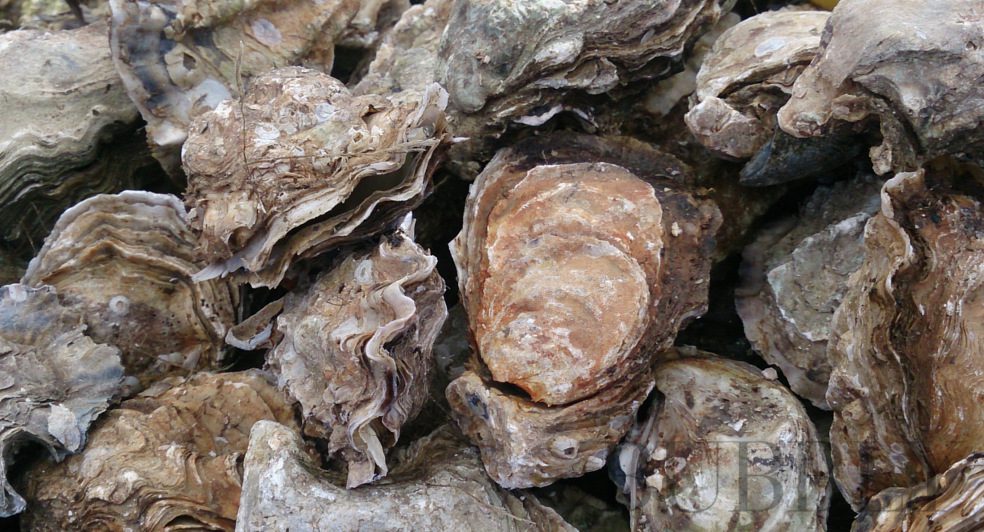Why Champagne and Oysters?
13th January 2022

For many there will be a love hate relationship here straight away, let me guess that it’s the Champagne that you love and the Oysters that you hate? I must be honest, though I have engaged in this pairing a couple of times over the years, it will not appear highly in my list of all time favourites purely as I am not keen on oysters.
Nonetheless, even if this pairing caters for only a few, it remains one of the most famous of combinations and a term that is frequently used both within the hospitality sector and out. Seen as a reference to posh folk and their events, something for the foodie snobs or the stable meal for the rich and famous, Champagne & Oysters is a term firmly fixed in the English vocabulary.
Champagne
For those new to Champagne then we will give you a quick overview. Produced only in a selected part of northern France with around 5,000 producers, the world famous sparkling wine is made via a double fermentation process that sees ageing of lees in bottles for a minimum of 15 months. Famous producer names include Lanson, Deutz and Louis Roederer.

There are five main oyster species
Oysters
There are five main oyster species which are Crassostrea Gigas, Crassostrea Sikamea, Crassostrea Virginicas, Ostrea Edulis and Ostrea Lurida. Not all within the oyster family, Ostreidae, are edible. Oysters are low in calories and yet they are loaded with nutrients, including protein, healthy fats, vitamins (including B1, B3, B12, D), and minerals.
“Here is a fun fact: oysters do not have a central nervous system; hence like plants, they may not feel any pain at all. Because of this, some have even suggested that oysters are in fact, vegan. Shocking?” source ladyironchef
Champagne & Oysters
So what is it about Champagne & Oysters that make for a great partnership?
Recent studies by Professor Ole G Mouritsen and others see the pairing compatibility down to umami (savouriness): “Based on the measurement of umami compounds in Champagnes and oysters we suggest that a reason why Champagne and oysters are considered good companions may be the presence of free glutamate in Champagne, and free glutamate and 5′-nucleotides in oysters.” source nature.com
There might not be a set procedure when pairing wine with oysters, this can simply be down to the combination of wine terroir and local cuisine or famous chefs and sommeliers expressing their deep knowledge via matching and enhancing flavours with food and wine relationships. Most times, especially with Champagne, it is working with the minerality, acidity and / or yeasty character from the wine with savoury, fatty, oily, saline, spiced and more from foods.
In the relationship between Champagne and oysters, especially with vintage (aged) labels which will carry more of a yeasty character (length of time on the dead yeast cells) we can see umami characters of each enhanced. Combination of the acidic / minerals (let’s see this as a replacement of a squeeze of lemon over the oysters) from the Champagne can leave a silky umami oyster flavour with fresh, welcomed saline and lemon zest. Of course, the pairing will depend largely on the Champagne chosen and the style of oyster.
“Fancy trying a Champagne and Oyster Cocktail? Find out more here.“
![]()
Christopher Walkey
Co-founder of Glass of Bubbly. Journalist and author focused on Champagne & Sparkling Wines and pairing them with foods.
